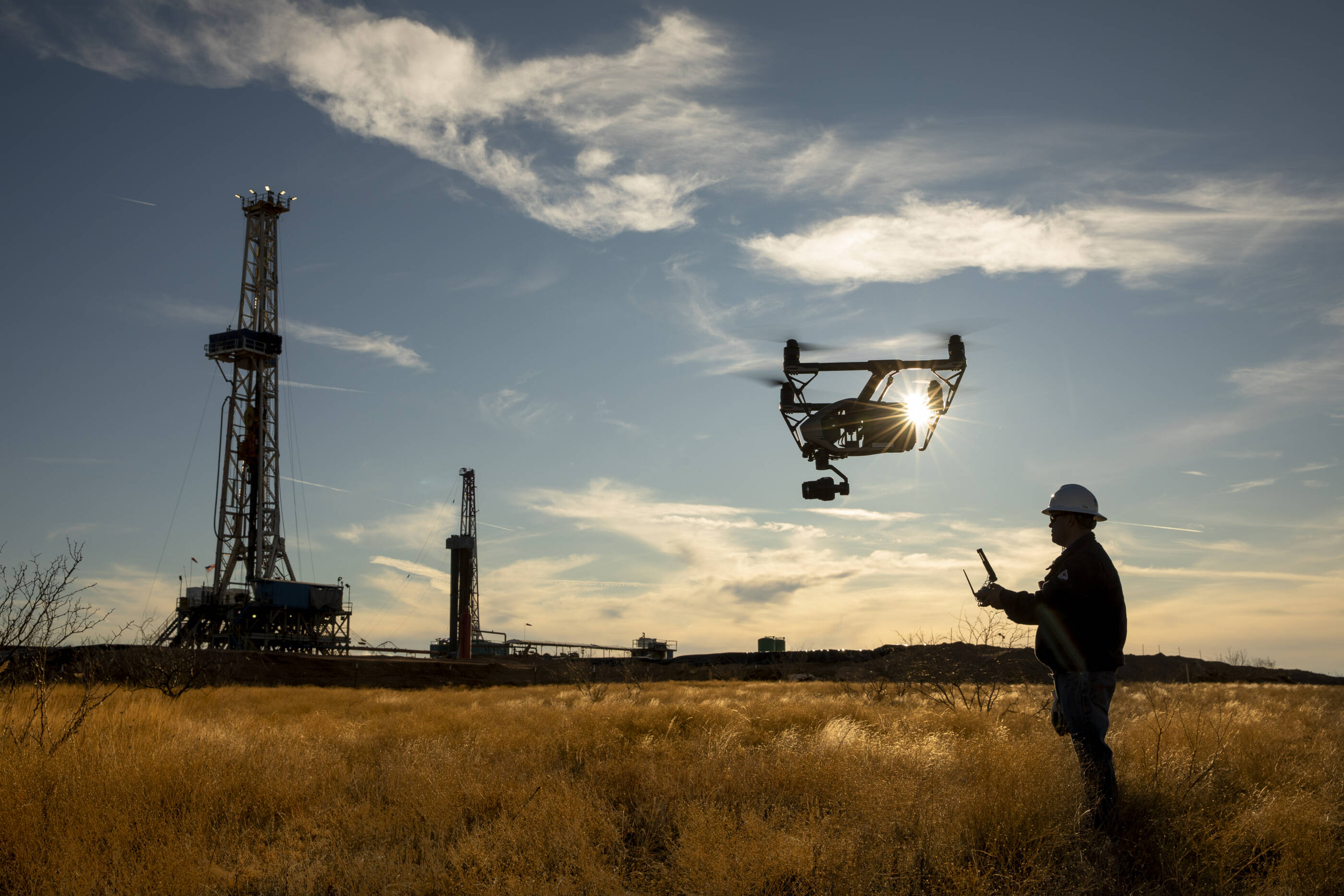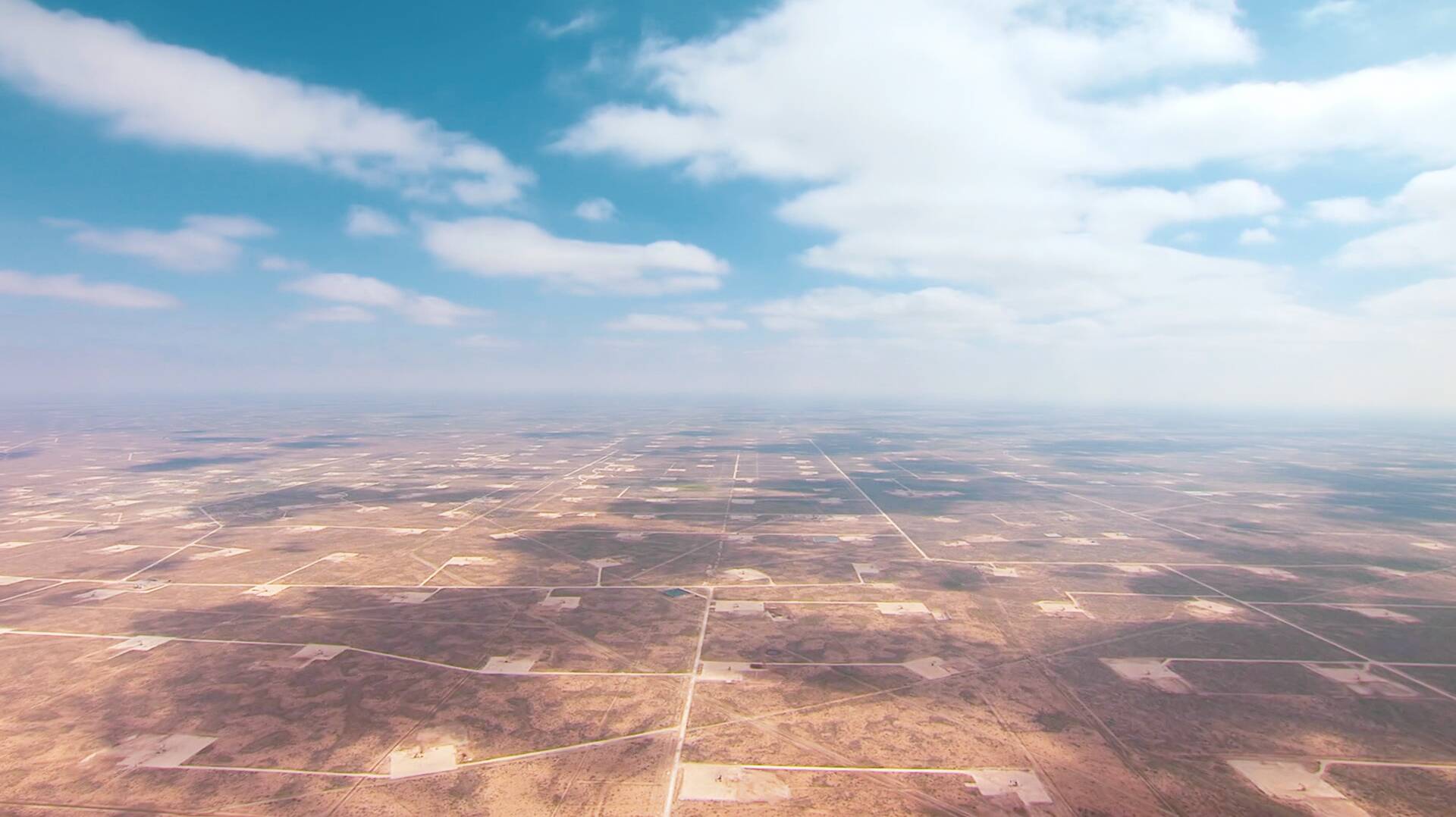selected item
Tackling methane emissions
In my 25 years with ExxonMobil, I haven’t encountered a single person who doesn’t think methane emission reductions are important.
We have the tools – the skills, the size, the intellectual and financial resources – to bend the curve on emissions. And we’re doing it – with significant investments to reduce emissions from our own operations and help others reduce theirs through our growing Low Carbon Solutions business.
Methane and OGMP 2.0
Recently, we made the decision to join the UN’s Oil and Gas Methane Partnership.
Known as OGMP 2.0, this program asks participating companies to measure, verify and report on their methane emissions. We’ve agreed to join because policy makers and companies need to work together on strong measurement, reporting and verification standards.
The evolving technical landscape and ongoing collaboration with the United Nations Environment Programme (UNEP) have opened the door for us to meet OGMP 2.0’s expectations across our global upstream operations.
This decision represents yet another important step in our commitment to reducing emissions.
Understanding the issue
Methane is an invisible, odorless gas that has a higher global warming potential than carbon dioxide – about 28 times more over a 100-year timeframe, and about 81 times more over a 20-year time period. That’s why reducing methane emissions can have a meaningful impact, especially in the short term.
Our ambitions
We’re serious about methane. In fact, we’ve been reporting methane emissions annually since 2014, and we participate in the Oil and Gas Climate Initiative’s Aiming for Zero Methane Initiative, the Methane Guiding Principles and The Environmental Partnership, among others.
We have some of the most aggressive methane emission-reduction plans in our industry. We’ve already cut our operated methane emissions in half since 2016, and we’re on track to:
- Reduce methane intensity versus 2016 across all operated assets 70-80% by 2030.
- Achieve net-zero greenhouse gas emissions (Scope 1 and 2) from our unconventional operated assets in the Permian Basin by 2030.
- Eliminate routine flaring across our global upstream assets by 2030, consistent with the World Bank Zero Flaring Initiative.

Leveraging technology
But it’s one thing to set goals. It’s another thing to execute them.
We continue to develop and deploy enhanced technologies to ensure rapid detection, mitigation and quantification of methane emissions at our operated assets.
From airplane surveys, ground-based monitors and high-altitude balloons, we’re using an array of leading-edge technology to help detect and curb methane emissions at our sites.
Collaboration is key
When it comes to reducing methane emissions, policy makers and industry are on the same team. We look forward to working with OGMP 2.0 staff and other companies on making real, tangible progress toward methane emission reductions.
As we reduce methane emissions in our own operations and develop and deploy new technologies to do so even more effectively, we hope all of our collaborations will help drive down methane emissions around the world.
Explore more

Policy

Advancing Climate Solutions

Tracking methane from above

Methane: Developing new technologies for regulatory compliance



